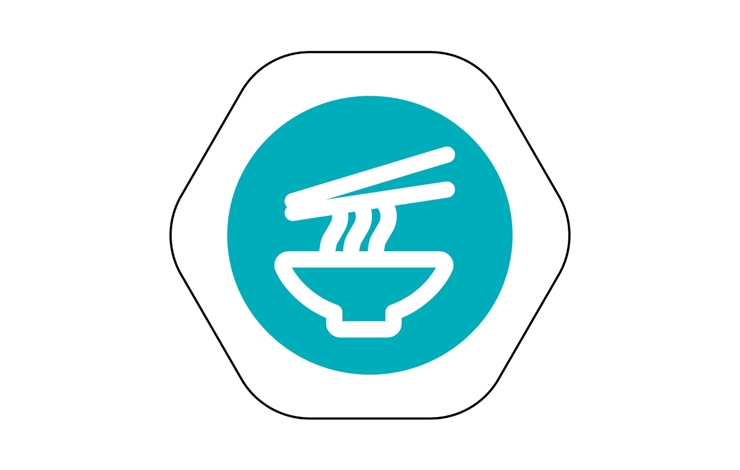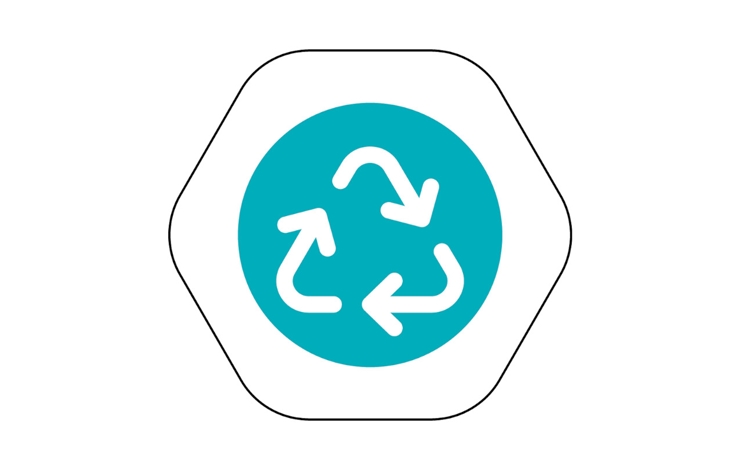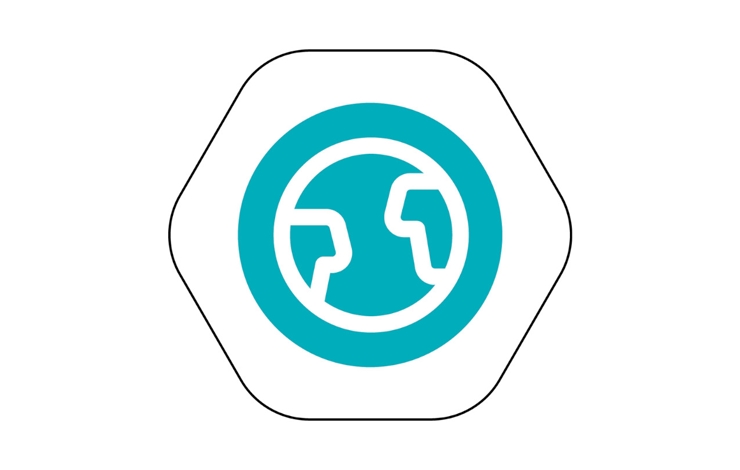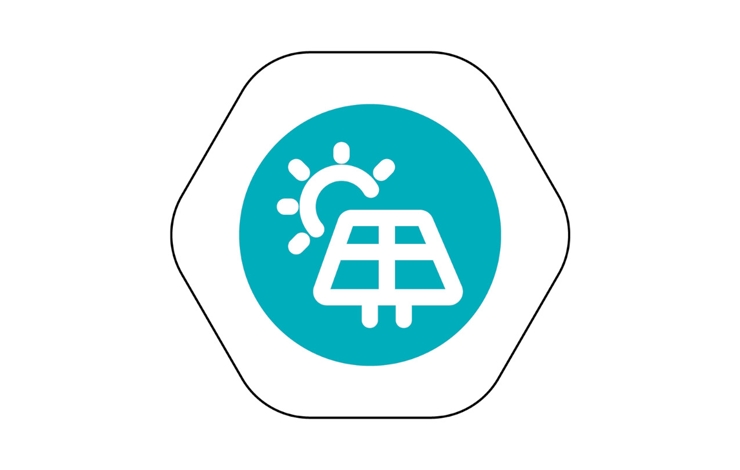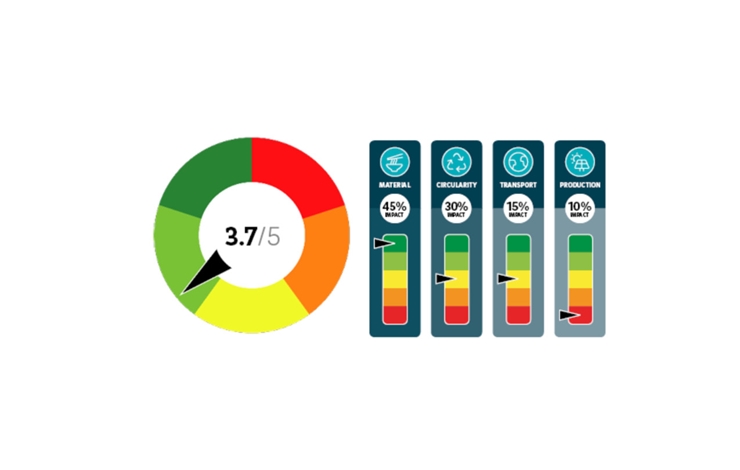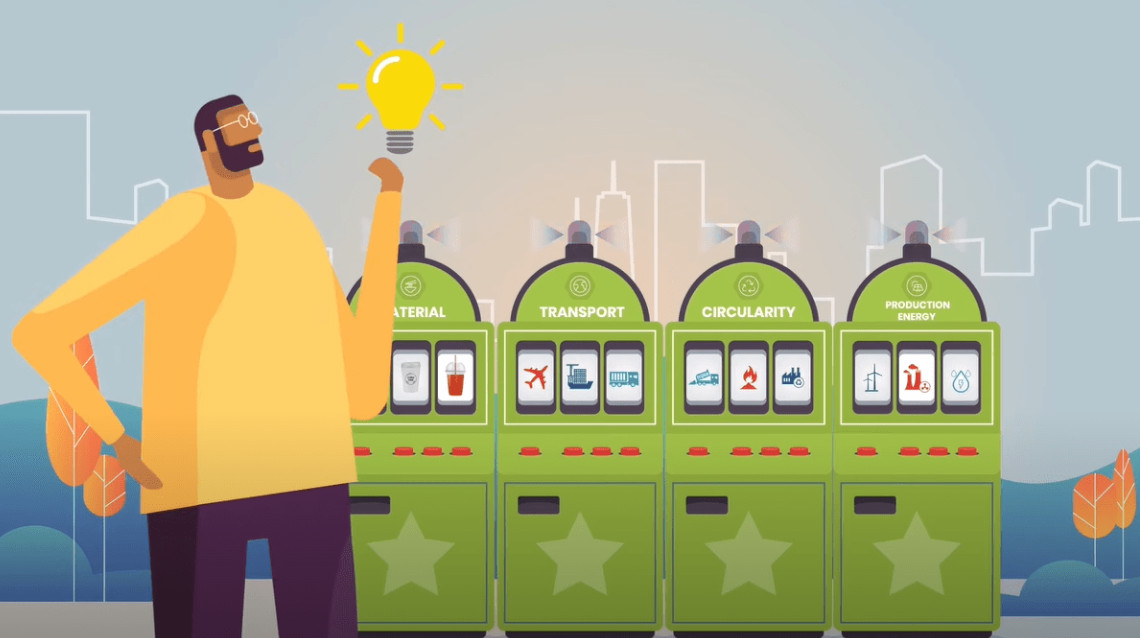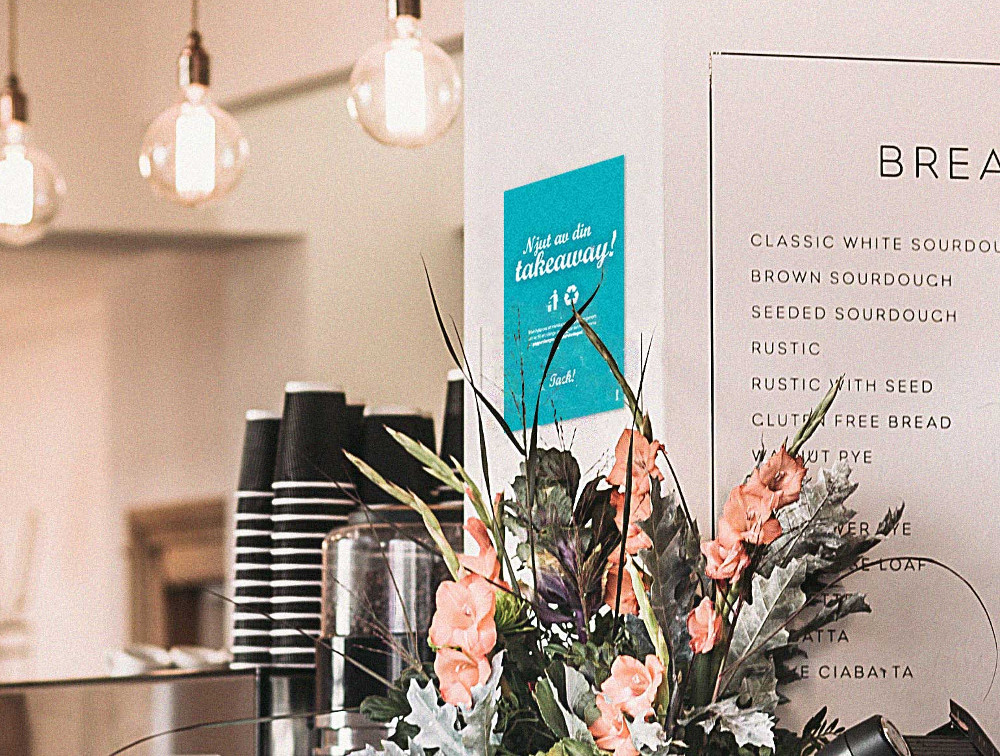It should be easy to choose climate smart
We are convinced that the best choices when it comes to sustainability are the choices we actually make. In order for all of us, from producers to consumers, to be able to change and do the right thing in the way our planet needs, it must become easier to choose climate smart. Therefore, together with the RISE Institute, we have developed the Klimatkompassen® - a simple tool that makes sustainability more comprehensible and comparable.
The Climate Compass is a big step in the right direction, but does that mean we are done? Far from. Today, disposable materials are consumed and discarded at an ever-increasing rate. At the same time, the demands for sustainable solutions are increasing. Our goal is to change our own business through clarity and transparency, but also the ranks both in front of and behind us. With the Klimatkompassen®, we want to create a sustainable system where the entire market has access to the decisions made in previous stages, but also provide an understanding of what the decisions mean at the end of the chain.
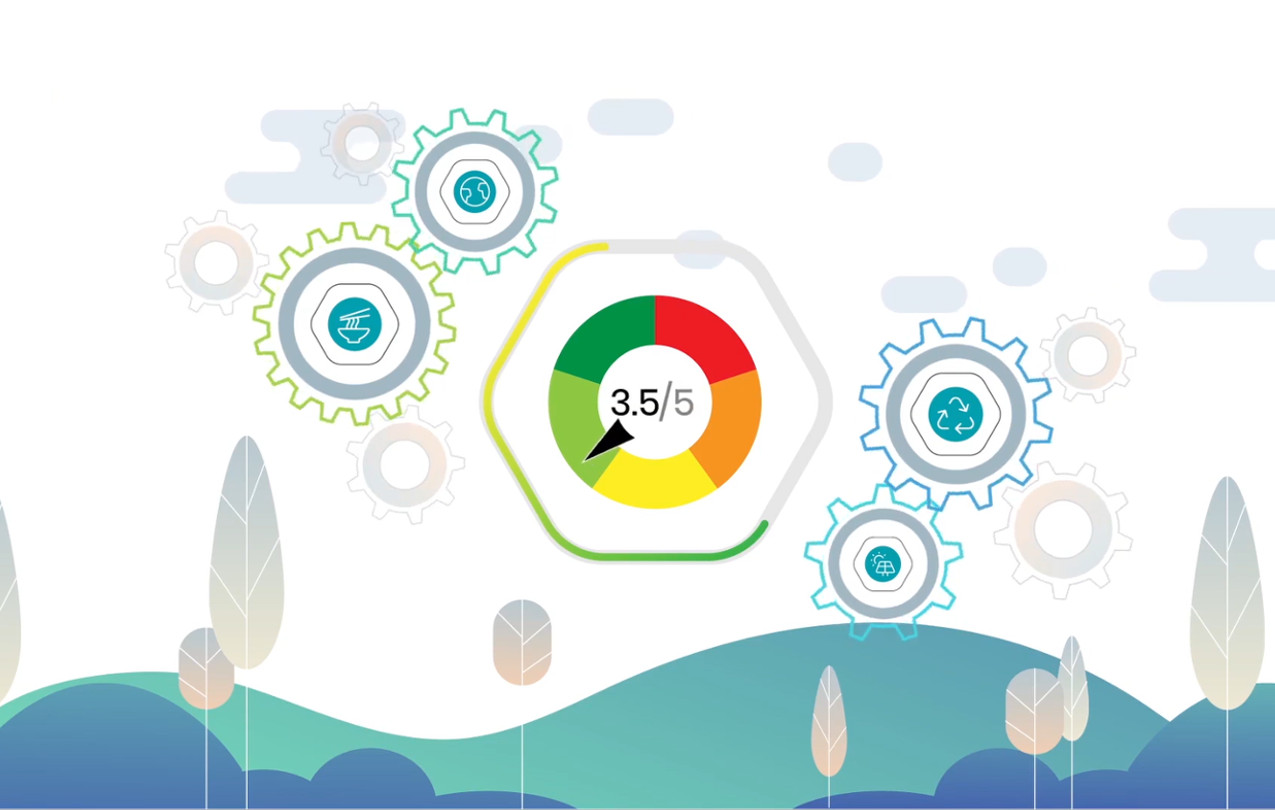
We know a lot about our products, but so far there has been no reliable way to answer the crucial questions: what is really the smartest choice for the climate in the end? Which material should you choose? Is locally produced more important than fossil-free raw material? How important is it that the product can be recycled? Does it matter if the product arrived in Sweden by boat or truck?
We wanted to delve into this to see if we can make sustainability into something accessible, comprehensible and, above all, comparable to the climate impact of our disposable products. Even though these are complex issues with an infinite number of different perspectives, we can no longer let that stop us from taking the steps we can on the path to a more sustainable market for our products. Nobody can do everything but everyone can do something. With Klimatkompassen®, we want to give the market a guide that can help make difficult sustainability decisions a little easier.
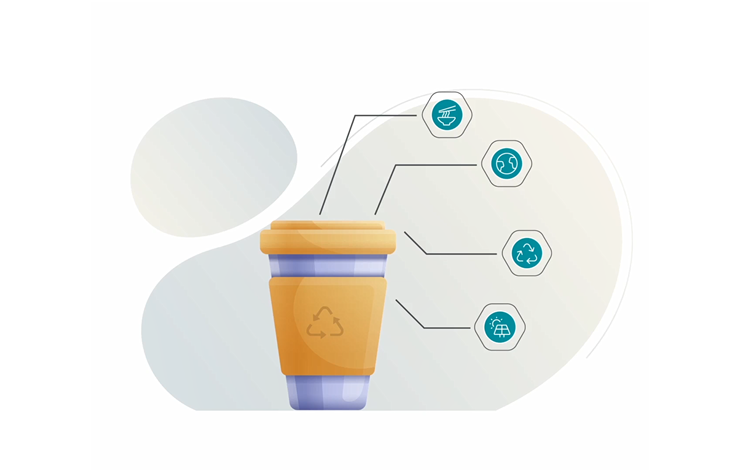
What affects the climate rating?
Together with RISE, we have identified the four most important climate categories:
- Materials
- Circularity
- Transport
- Production
The climate categories are weighted together through a weighting method that RISE has developed based on research and experience in sustainability, environmental analyzes and circular economy.

How does the tool work?
Klimatkompassen® takes the tempo of four very important environmental aspects – so called climate categories. Each category affects the climate differently, which the tool takes into account and indicates.
Depending on how well - or poorly - a product performs in the four categories, the tool calculates a total climate score. Klimatkompassen® shows the total score, but also visualizes how much the different climate categories affect in each individual product. In this way, you get a simple comparison figure, and at the same time an understanding of what lies behind the result.
The tool is not a life cycle analysis. In addition to the fact that such need to be made individually on each product, they are costly, time consuming and difficult to compare with each other. The goal of Klimatkompassen® was to create a sharp tool that makes it really easy to choose more sustainably, and which at the same time takes into account the most important climate categories. It was also crucial for us to find a model that can be applied to all our disposable products, so that the tool can generate as much benefit as possible for us, our customers and the rest of the market. Together with RISE, we have developed a model that is scientifically verified and comprehensive enough to make a real difference, while at the same time being simple enough to actually use.
Author: Tingstad
Last Updated: 2023-12-07
YOU MAY ALSO BE INTERESTED IN
Material guides.
It is important for us to help our customers make informed decisions. Therefore, we have developed a material guide to make it easier for you as a customer.
Recycle.
Many containers contain valuable materials which we through recycling can save both raw materials and energy. Here you can read more on how to recycle different materials.
Communicate with your customers.
Here we have collected material that you can use in the communication to your customers. Signs that tell your customers about the material you have chosen, labels that tell you that your business has transitioned to more sustainable products or an appeal to help reduce debris in Sweden.


